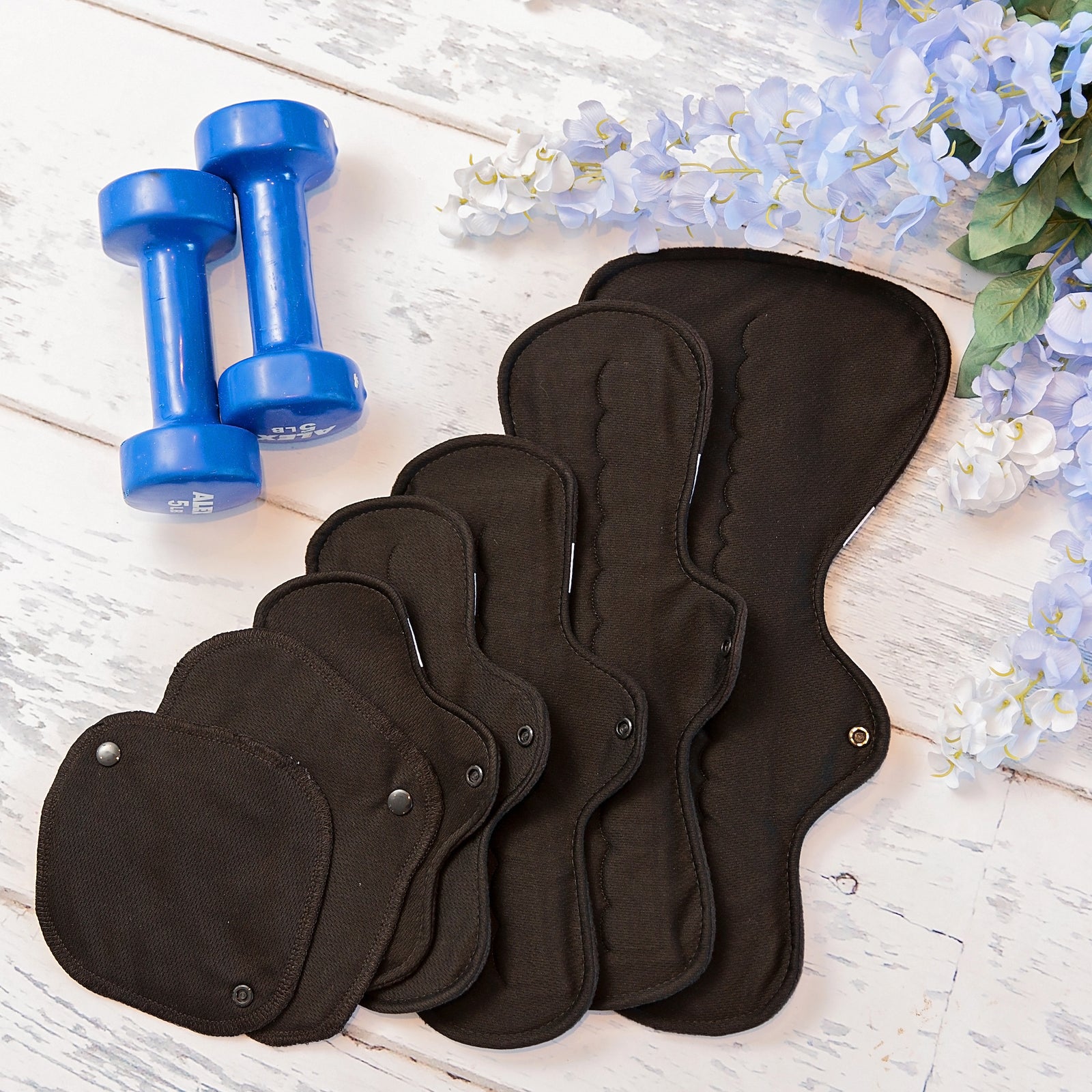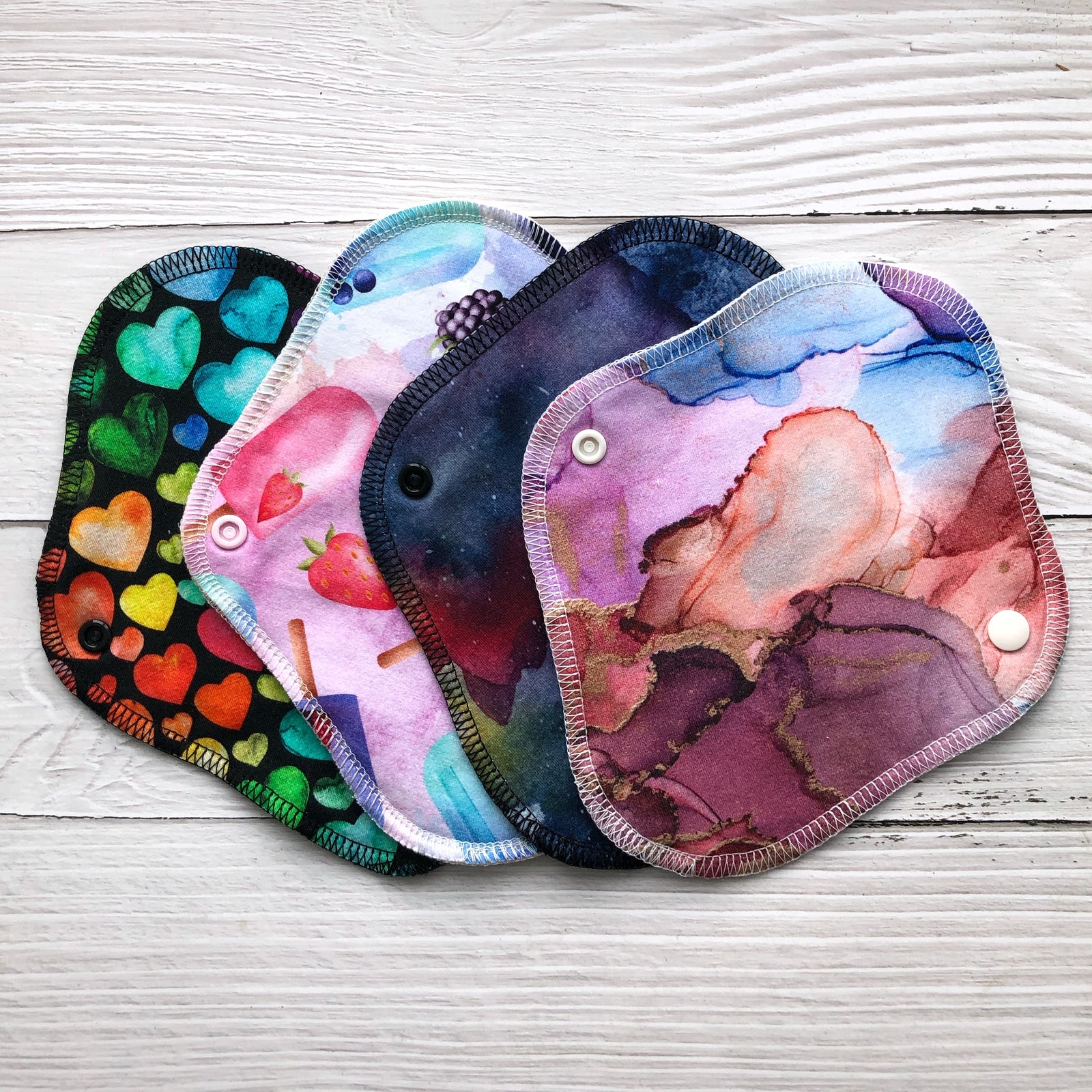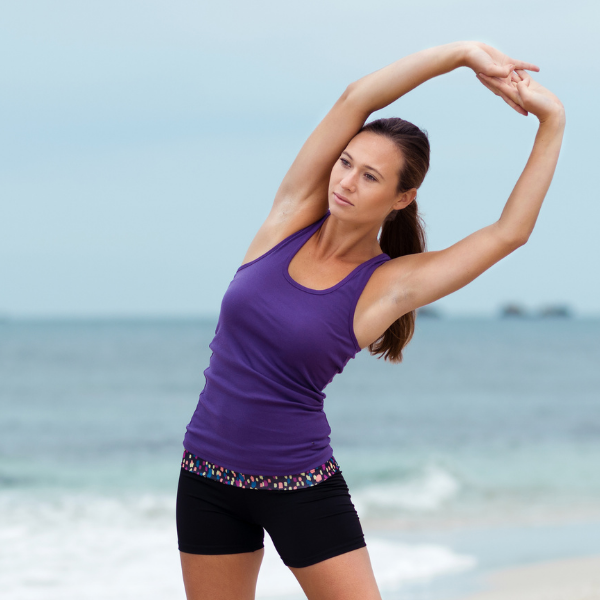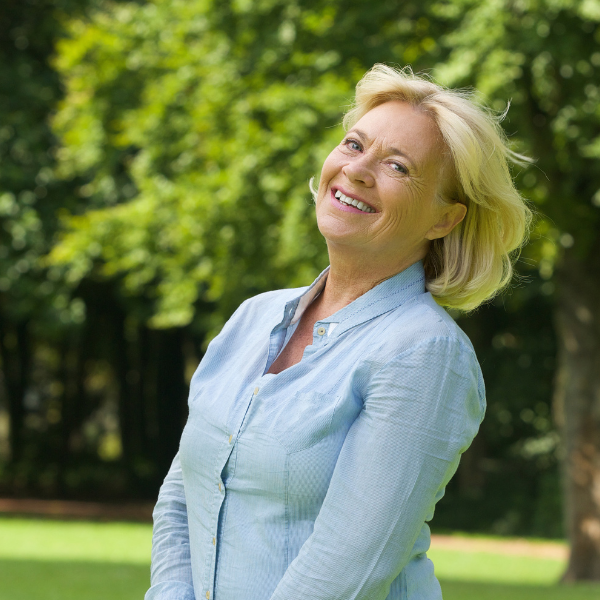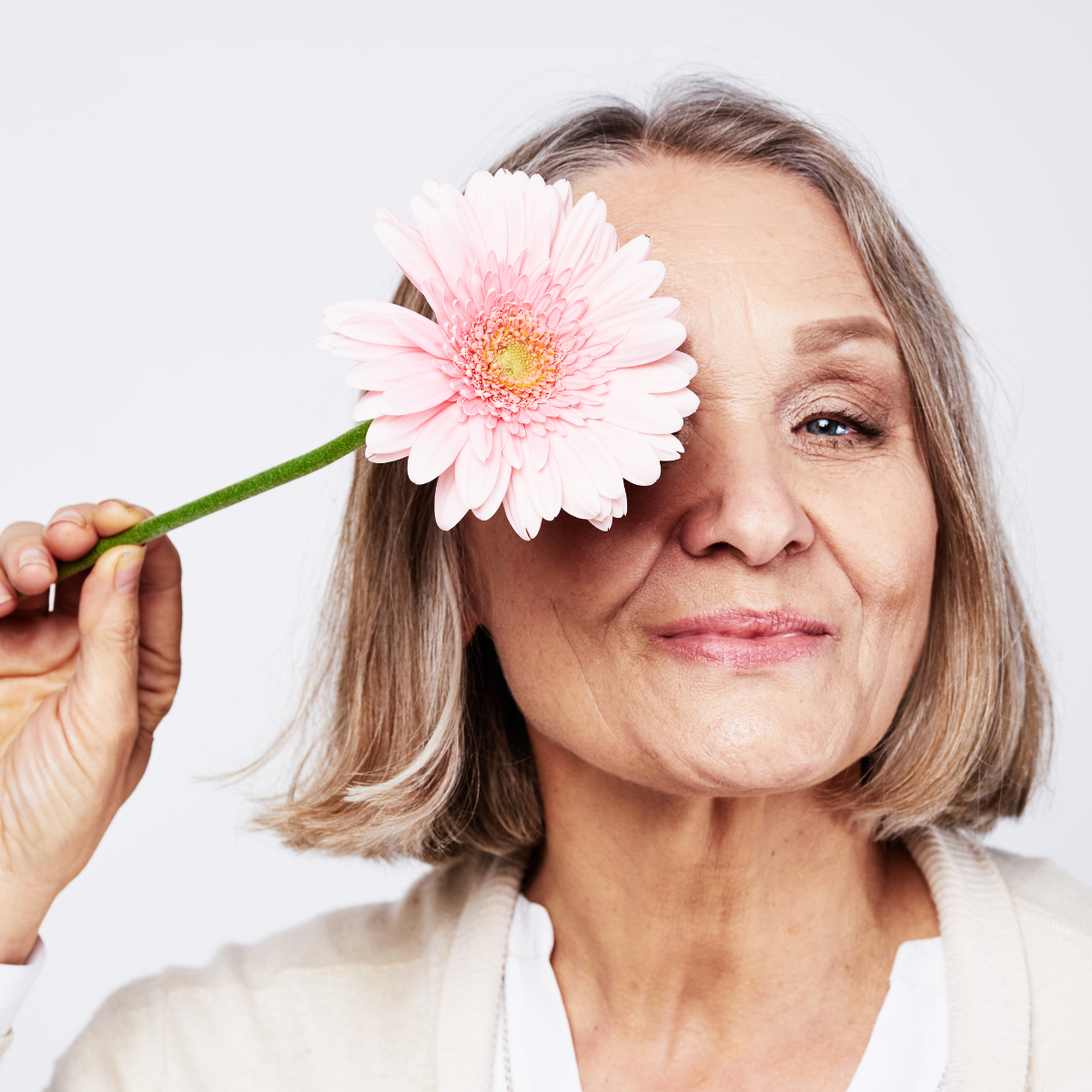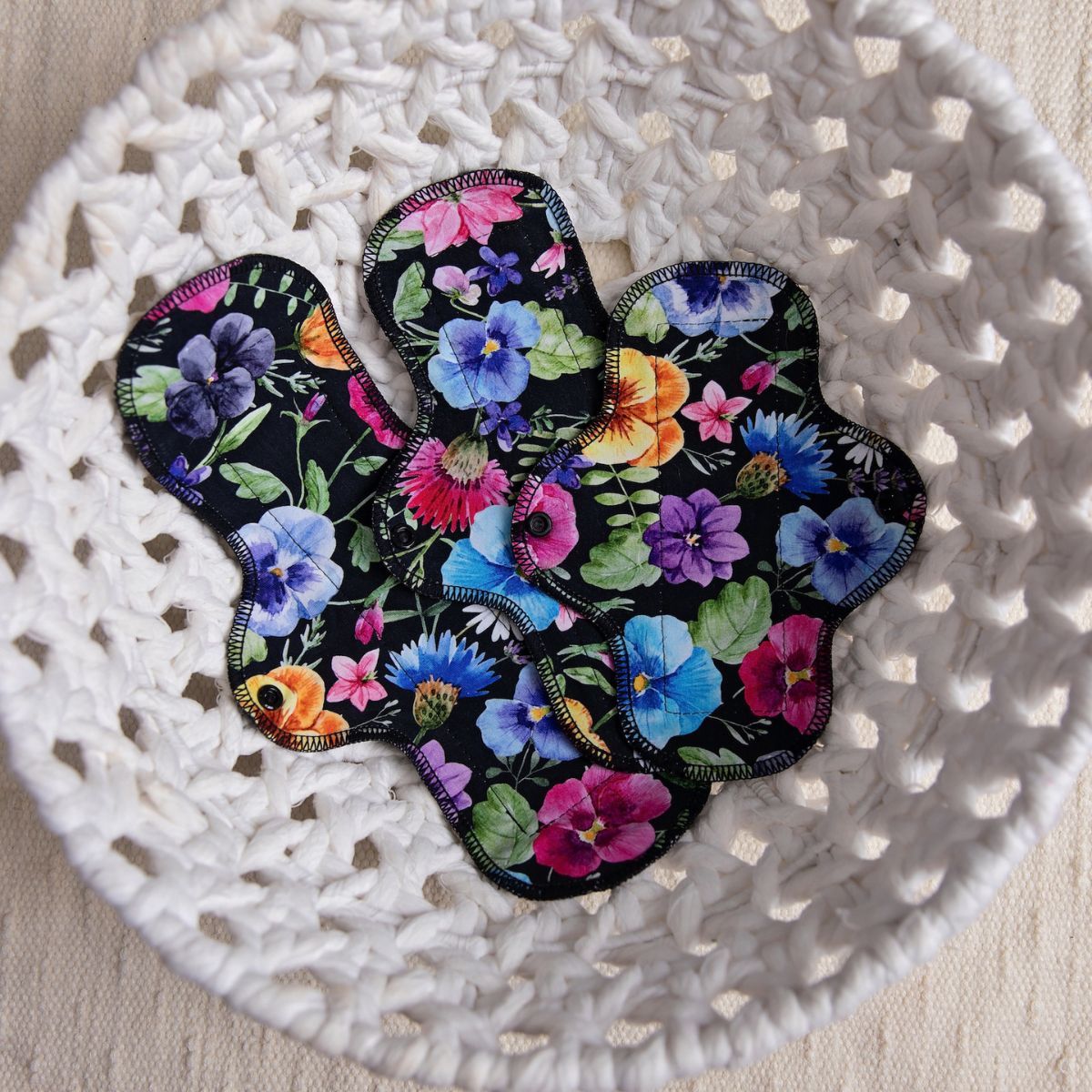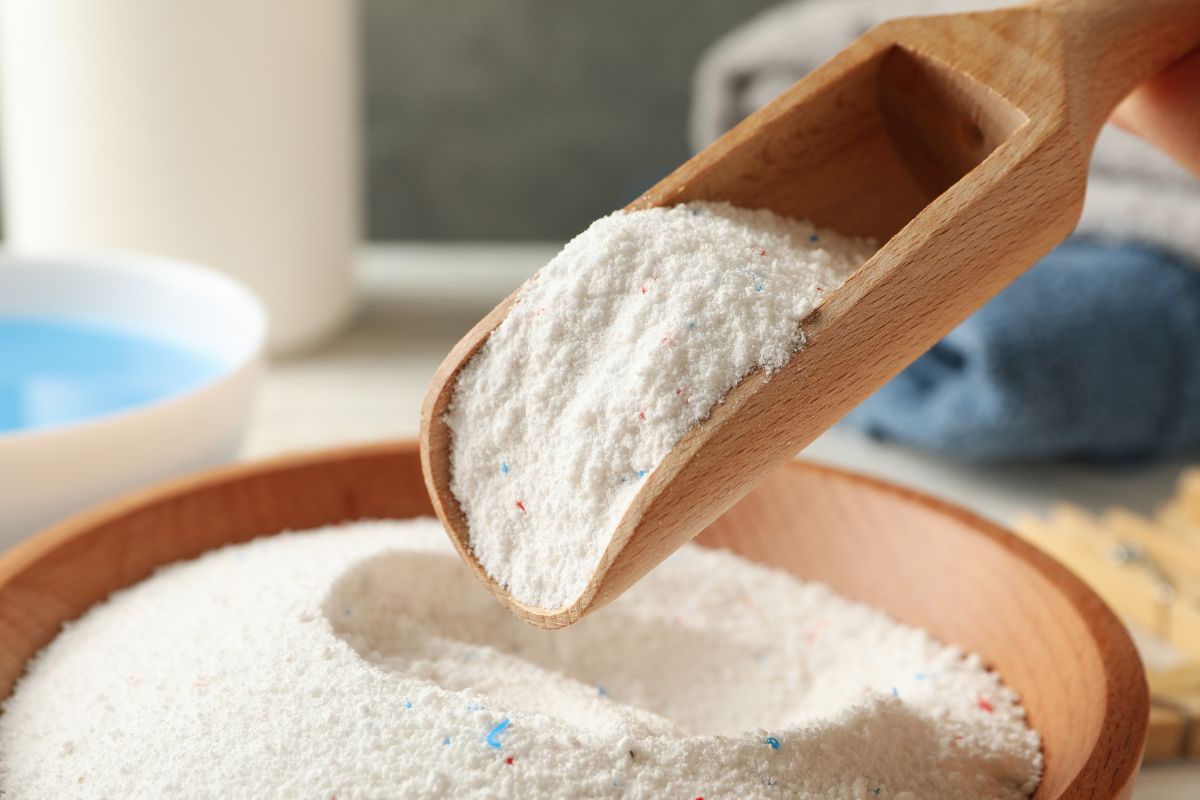We offer this blog post for educational purposes and as a springboard for you to consider ideas and options. It is not medical information, nor should be substituted for the important advice of your health care practitioner.
Imagine this: You’ve finally set aside some time for catching up over coffee with a friend. The barista hands you your beautifully crafted latte when you suddenly feel that dreaded twinge indicating your bladder is giving out on you again. You have not struggled with this for your entire life so far and, yet, this is the second time this week. You’re feeling bewildered, embarrassed and unsure of what to do next. Incontinence can leave women feeling not only embarrassed, but when it is unmanaged, it can also leave far too many women isolated.

While you might feel alone, you are most certainly not. According to the Mayo Clinic, 50% of adult women suffer from urinary incontinence in some form and that number rises to 75% of women aged 65+.
So, is it age or is it menopause?
While straight-up aging is definitely a factor, it turns out that menopause itself plays a big part in a fairly swift onset of urinary incontinence for many women.
Menopause is actually just one day. It is the day that a woman has not had a period for a full year. After that day, she is post-menopausal. Even if menopause is only one day, the changes it leaves behind are significant, namely the loss of estrogen.
What does estrogen do that’s so great?
While the standard line may be that estrogen is a sex hormone that affects the reproductive system, scientists are now telling us that estrogen affects nearly every system in the body. Estrogen is essential in maintaining muscle mass and bone density. It helps us feel happy and make sex enjoyable by keeping vaginal walls thick and lubricated. It plays a role in keeping our cardiovascular system healthy, stabilizes blood pressure, keeps cholesterol levels where they should be, and even keeps the blood flowing to our brain helping us focus and think clearly.

And, when estrogen largely walks out the door at menopause, the urinary system feels its loss pretty acutely, too. With the loss of estrogen, the wall of the urethra thins, pelvic floor muscles weaken and the bladder, itself a muscle, also weakens meaning more difficulty in holding urine when the bladder is under stress, such as sneezing (stress incontinence) and a need to urinate suddenly and more frequently (urge incontinence). On top of that, the loss of estrogen very frequently comes with a sudden increase in weight and, specifically, belly fat, leading to more strain on already weakened pelvic floor muscles.
That’s bleak…What now?!
The good news is that urinary incontinence is largely treatable and manageable. Most likely, you have heard the advice to do kegels. Kegels are exercises aimed at strengthening the pelvic floor by tightening and releasing the muscles of the pelvic floor. The problem with relying on kegels is that for many people, incontinence is not caused by a weakness of the pelvic floor, but actually over-tightness. At Amie Pads, we are big fans of pelvic floor physiotherapy as a starting place. Meeting with a pelvic floor physiotherapist means a professional assessment of the root cause of your incontinence as well as a customized treatment plan with the important feedback that allows for targeted corrections and efficient healing. To learn more about pelvic floor physiotherapy, we highly suggest our blog post, written by a pelvic floor physiotherapist, Help, I pee when I sneeze!

What if pelvic floor physiotherapy can’t cure me?
Urinary incontinence is treatable, but not necessarily curable. Physiotherapy cannot completely reverse a pelvic organ prolapse, nor can it return estrogen levels to premenopausal states. It can almost always cause a reduction in symptoms and, for some, it can eliminate them altogether.
If pelvic floor physiotherapy doesn't completely resolve your incontinence symptoms, don't despair. There are several strategies you can employ to manage your condition. These might include lifestyle modifications, such as avoiding constipation with lots of fibre, avoiding irritants like caffeine and alcohol and strengthening your core muscles. Bladder training techniques, such as scheduling bathroom breaks and delaying urges, can also be helpful. Additionally, exploring medical options, such as medications or surgical procedures, in consultation with your healthcare provider, may be beneficial. Remember, each person's experience is unique, and finding the right combination of approaches to manage your symptoms may take a little time, but will be worth the freedom you will feel afterwards.

So there you have it.
Incontinence is a very common challenge, but it doesn’t have to control your life. By understanding the causes, exploring treatment options, and making lifestyle adjustments, you can manage it with confidence and grace.
At Amie Pads, we’re dedicated to providing absorbent, comfortable and beautiful incontinence products that empower women to feel confident and in control. Visit our website today to explore our range of products and learn more about how we can help you with managing incontinence.


